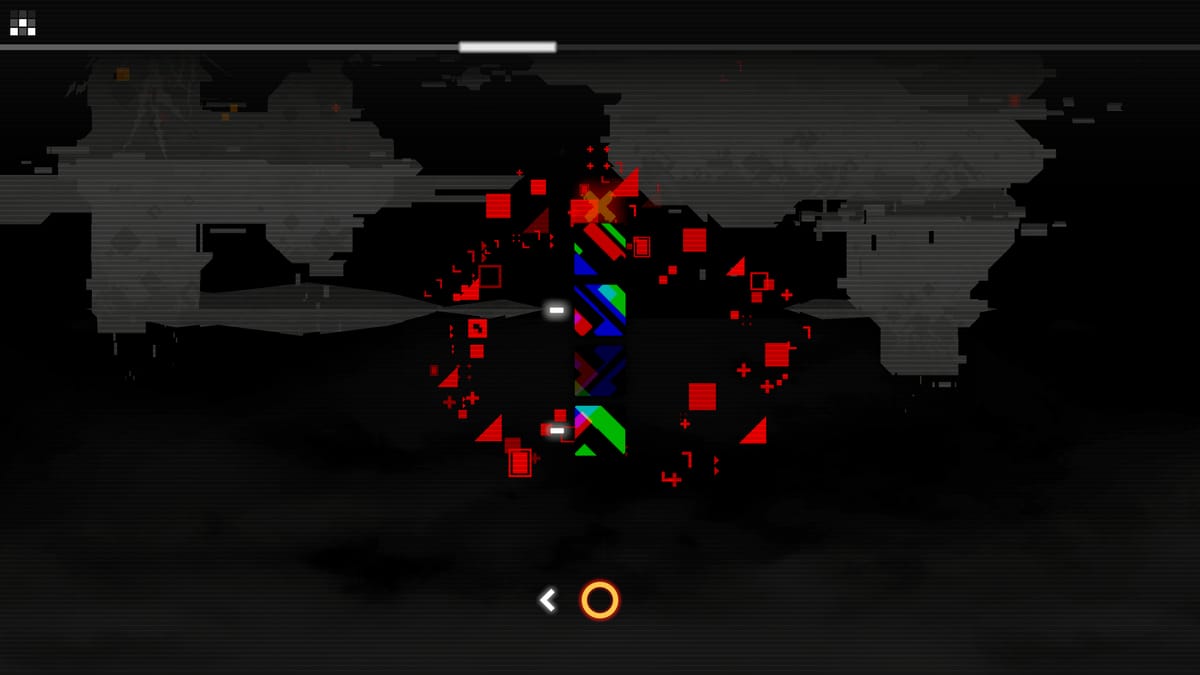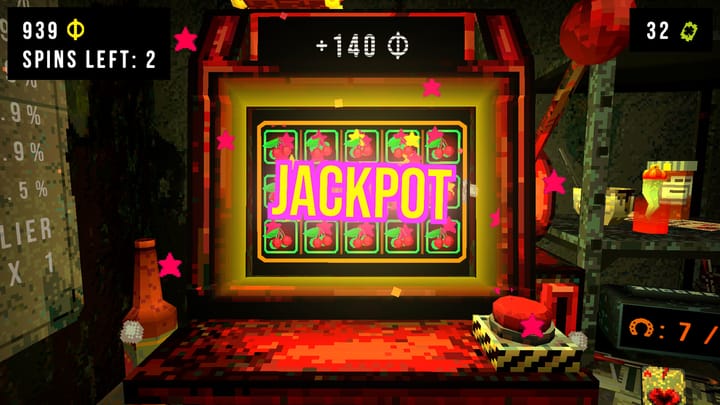A plentiful number of interesting rules, wrapped around an elegantly minimalist aesthetic, makes Cipher Zero an easy recommendation for logic-tinkering, puzzle fans. Its communication isn't flawless, but its distilling puzzle's purest form to a couple of inputs, is impressive all the same.
Part of the joy in coming to and eventually getting through the muddled jungle of solutions with any logic puzzle, is in seeing that inevitable path forward exponentially increase or otherwise decrease, with every step taken. Uncover but a single, solitary number/letter/symbol and suddenly the possibilities to progress grow. Likewise, hit that similarly-inevitable point where all but one possibility is ruled out and suddenly that confounding maze of probable routes to victory, becomes a lot less muddled and far more straight-forward to see.
Progressing onward through Cipher Zero's multiple chapters of grids to decode and decipher, I'm reminded of that simultaneous exponential increase and decrease. All the while, the uncanny reality of the game's pitch, is as apparent but as absorbing at puzzle one hundred, as it was at the very start. The interface remains the same; its means of interaction confined to a simple scroll and click of a mouse; presentation remaining transfixed on that digitized, semi-abstract collage-like flicker of textures. A breezy, picturesque landscape one moment, the next an inverted void with little more than a grid and a handful of symbols to decipher.
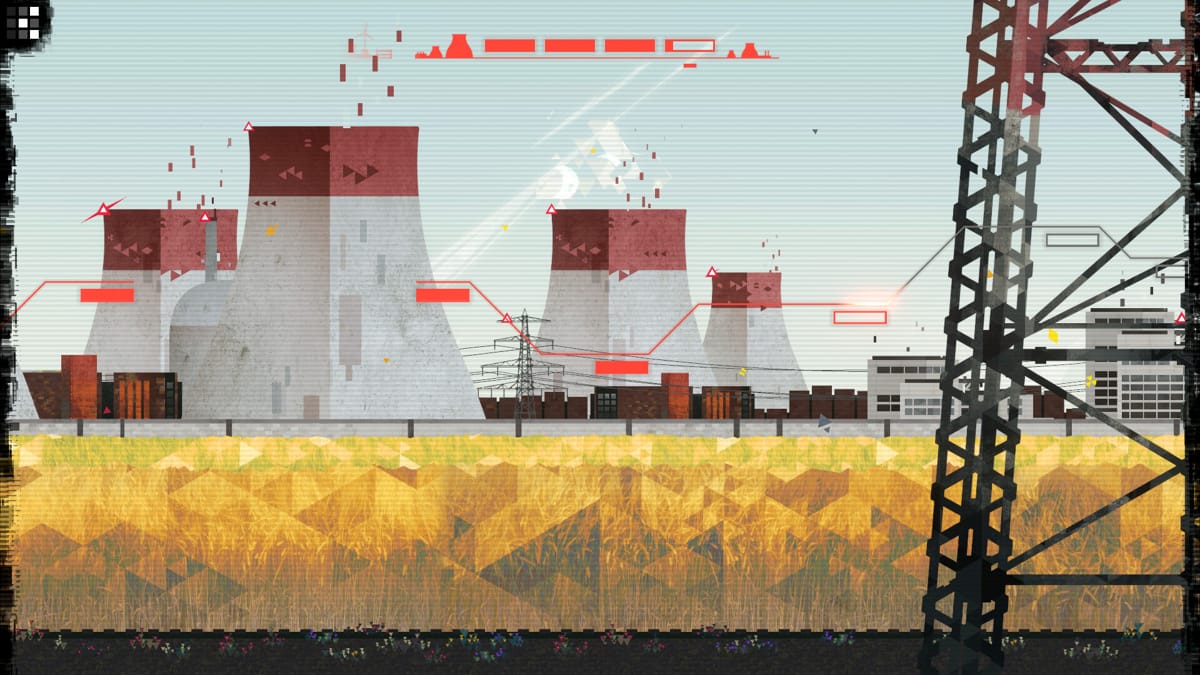
While there isn't much going on to stipulate and stew over regarding the game's visual backdrops – the less major of but only two criticisms, after a ten-plus hour experience – Cipher Zero needn't require it. Developer Zapdot's approach, though narratively/emotively cold, is as quintessentially mechanics-focused as you can get for a puzzle game of this caliber. Here's a grid, here are the unspoken (or more importantly, unexplained) "rules" said grid has to abide by. Figure out the correct number of cells/tiles to light up, rinse and repeat.
But it's to the game's credit, that with no dialogue and not even a solitary passage of text – outside of a brief prompt or two – Cipher Zero nails this approach. After a few tutorial-like levels of getting to grips with the basic controls – activate/deactivate a cell, hit submit and wait to see if the hidden rules/conditions have been met – it's not uncommon for players to quickly and confidently settle into what it is the game has now tasked you with.
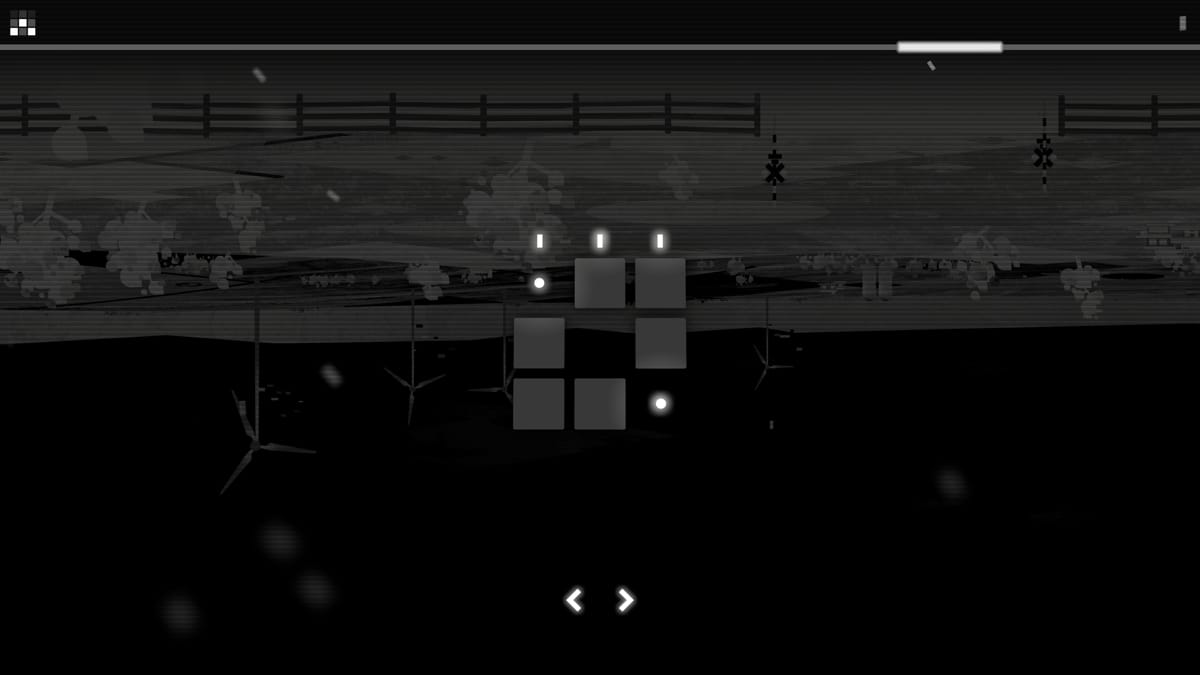
Lighting up a certain number of cells in a given row/column, forging a strict path between two cells without branching off in any direction, having it so that a certain symbol (either outside or even inside the grid space) is surrounded by x number of enabled cells. For a pitch that so intentionally strips back a significant chunk of potential spatial or structural diversity, Cipher Zero manages to rinse as much variety on a handful of ideas, in so little a time. Making such static inactivity, feel less uninvolved and uninspired than it might initially sound.
More impressive, as is so often the case with these types of puzzle games, is when the inevitable happens and the game cranks up the difficulty by having more than one rule-set present. And not just on the basis of sheer complexity of solutions, but in conjunction, through the idea that a grid/table of cells can turn from a matter of picking out the right areas to highlight, or forging a path, or slotting hypothetical shapes into the board...to then have all three of those very scenarios happen at the same time. For a grid to abide by not just one, but every rule being dictated.
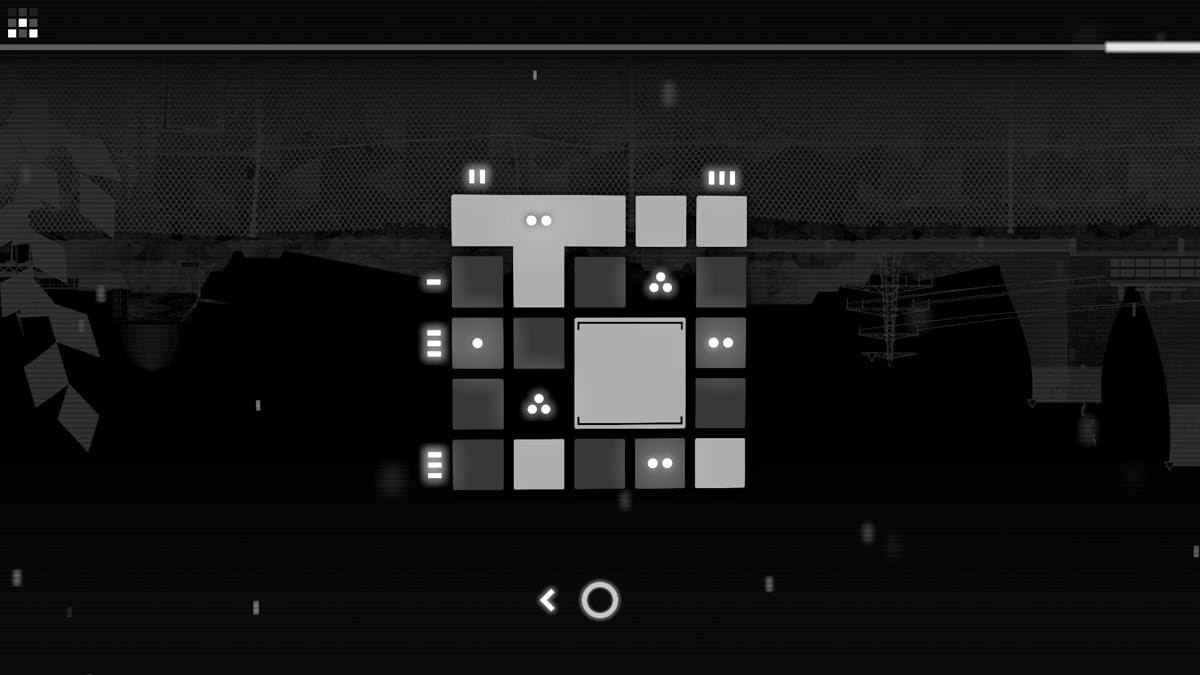
Indeed, the best moments of Cipher Zero are to be found in unraveling these [at first] presumably "impossible" solutions. The assumption that a "path" can not possibly be created if there are an ample cases of "do" and "do not" declarations to abide by. More perplexing when the game once more pushes that convention in displaying grids of rather more unconventional shape. Or at the very least, drops the use of squares as its cell shapes, in favor of something else.
Even if the twists and turns the game employs, do seem a smidgen on the predictable side. Especially if you're the type who's had more than their fair share of these types of puzzles involving grids; the notion that a game would pose what may seem like a rather unconventional or bizarre means to push the figurative envelope. Or at the very least, the potential extremes its very gameplay mechanics can aspire for. Cipher Zero, while not the most radical of its genre type, is nevertheless cleverly constructed in its gradual progression. And for a large stretch of its run-time, the eventual incline of challenge and complexity is handled relatively well. The unspoken, initially vague meaning behind its symbols offering just enough of a hint or suggestion, for players to come to a conclusion over.
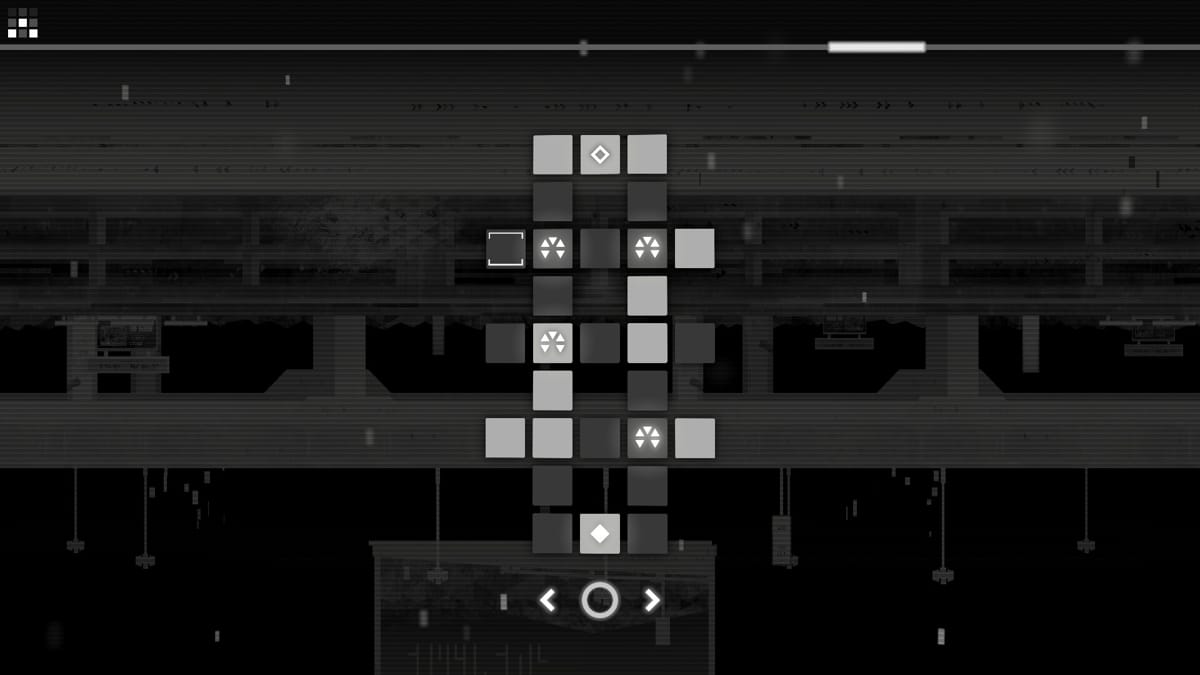
I say "large stretch", as there are sadly ocassional blips in Cipher Zero's design, where a certain symbol or two, crops up that isn't so well-articulated. Going as far as to even denote this as arguably the game's poorest spot of communication and as such, its weakest moment. One puzzle/solution type – appearing around the two-thirds mark – whose symbol isn't as easy to read or work out as its brethren, brute-force and blind luck annoyingly become the default means to succeed.
This wouldn't be as detrimental in any other scenario. Unfortunately it's because Cipher Zero is a purely linear form of progression – clear the current level to access subsequent ones – that these kinds of flaws in design, mount up to a fairly major oversight on the developer's side. To put it bluntly: it's woefully inadequate as a piece of information. A symbol that upon discovering what it's meant to actually represent, you can't help but throw a despondent frown at: "That symbol's meant to represent this?!" Helped in no way by its own corresponding early sequence of stages that do an equally-poor job at properly homing in on what it is the game is asking of you to construct.
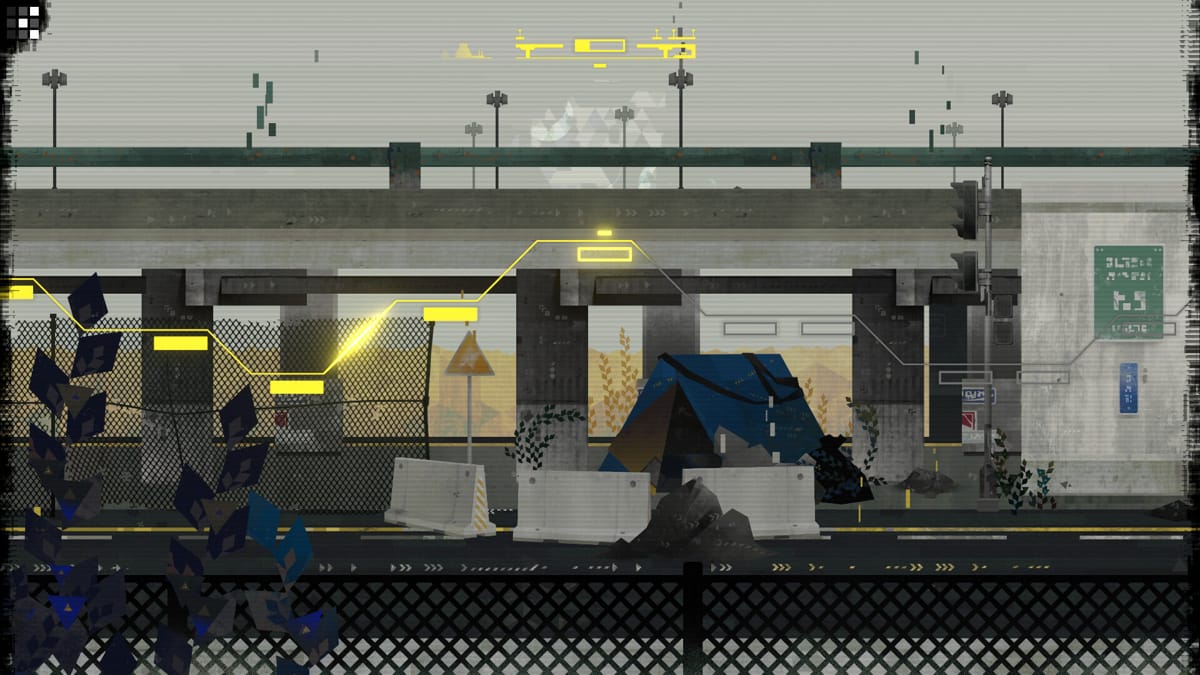
Even so, despite an unfortunate blip with miscommunication, it's telling that such faults can be largely overlooked. And it's primarily down to how well Cipher Zero utilizes minimalism and the power of symbology in crafting a puzzle game with a wealth of ideas and variations on such. Not least during what feels like the more daunting sequences of interlocking rules, with many a symbol dotting a grid's interior and perimeter alike. Zapdot's focus on any semblance of narrative or wider meaning may feel non-existent, but Cipher Zero commits to its mechanics in as close to the best way as one can get. To do this with an intentionally restricted means of interaction on top, only adds to how impressive this logic-based entrant stands.



